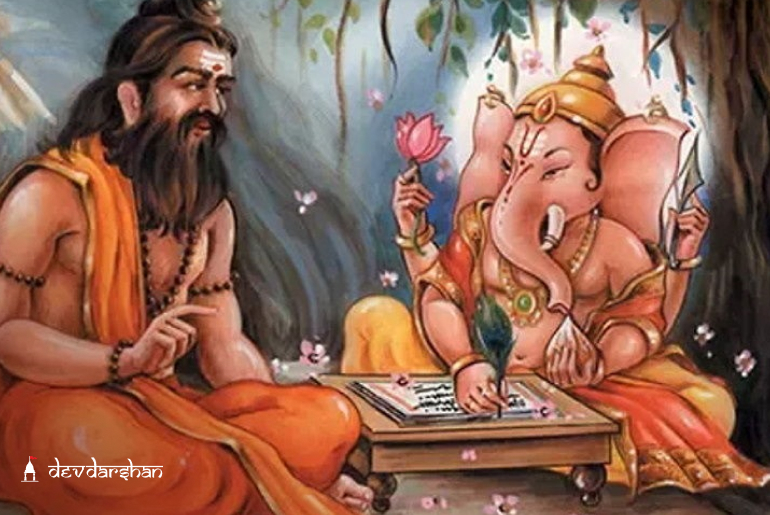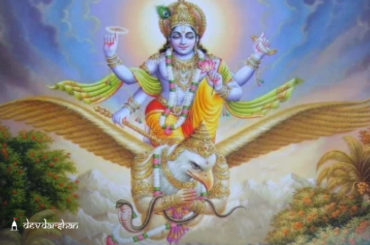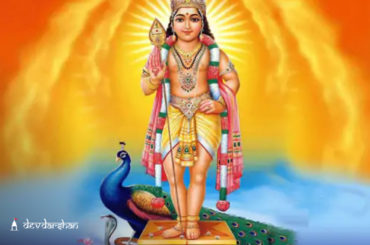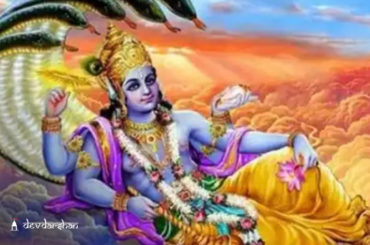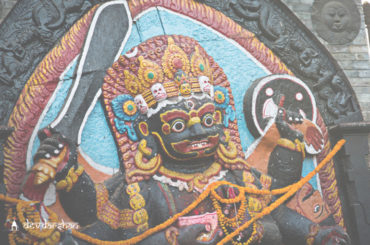Vyasa Purnima also known as Guru Purnima is observed on the full moon day of the Ashadh month in the Hindu calendar. The day is reserved to celebrate the importance of teachers or Gurus in our life. On this day the students or disciples worship and pay respect to their Gurus. Guru Purnima is also popularly known as Vyasa Purnima, as on this day the Greatest guru of all time Veda Vyasa was born. Veda Vyasa was the author as well as a character in the Hindu epic Mahabharata.
 In Buddhism, Gautam Budhha delivered his first teaching to his first five disciples on this day after he migrated from Bodhgaya to Sarnath. After that, the ‘Sangha’ or the community of his disciples was formed. Moreover, his day of birth is known as Buddha Purnima.
In Buddhism, Gautam Budhha delivered his first teaching to his first five disciples on this day after he migrated from Bodhgaya to Sarnath. After that, the ‘Sangha’ or the community of his disciples was formed. Moreover, his day of birth is known as Buddha Purnima.Vyasa Purnima 2023: Date And Time
Date: Monday, July 3, 2023
Tithi Timings:
- Purnima Tithi Begins: 08:21 p.m on July 02, 2023
- Purnima Tithi Ends: 05:08 p.m on July 03, 2023
Benefits of Guru Purnima/Vyasa Purnima
Spiritual experts say that the importance of a Guru in an individual’s life is to make them aware of the cycle of life and death and help them face the reality of eternal conscience. It is believed that on this day the prayers of the disciples reach the Mahaguru directly, which helps them lead a peaceful and prosperous life. Performing the Puja on this auspicious day removes darkness (struggles of life) and brings light (peace and happiness) into one’s life. It also helps in stabilising one’s life, personally and professionally. As per ancient Indian history, Guru Purnima Day is significant to all the farmers as they offer prayers to God thanking him for giving them good rainfall for the next harvest.
Also Read: Baisakhi – The Festival of New Harvest
Vyasa Purnima Puja Ritual
Guru Purnima Puja is held by enchanting mantras and remembering Vyasa guru and other Gurus in an individual’s life. During the puja, flowers, fruits and sweets are offered to Guru as bhog and then Prasad and charanamrita are distributed among the disciples. The sacred text of Guru Gita is also recited in the Guru’s memory. The disciples also arrange ‘Padapuja’ or the worship of the sandals of the sage in various ashrams. They touch the sandals of the sage, take blessings and remember the principles and teachings of their guru. Many devoted students of Indian classical music pay tribute to their music Gurus in a unique way. They recite the guru-shishya parampara (teacher-student tradition), which has been native to Indian culture for ages.
About Dev Darshan
Check out various Online Puja and services provided by DevDarshan here and get your bookings done in one click. If you want to know more about Indian culture, Indian Temples, Pujas and festivals, download the DevDarshan App. Don’t forget to share this blog if you liked it.

